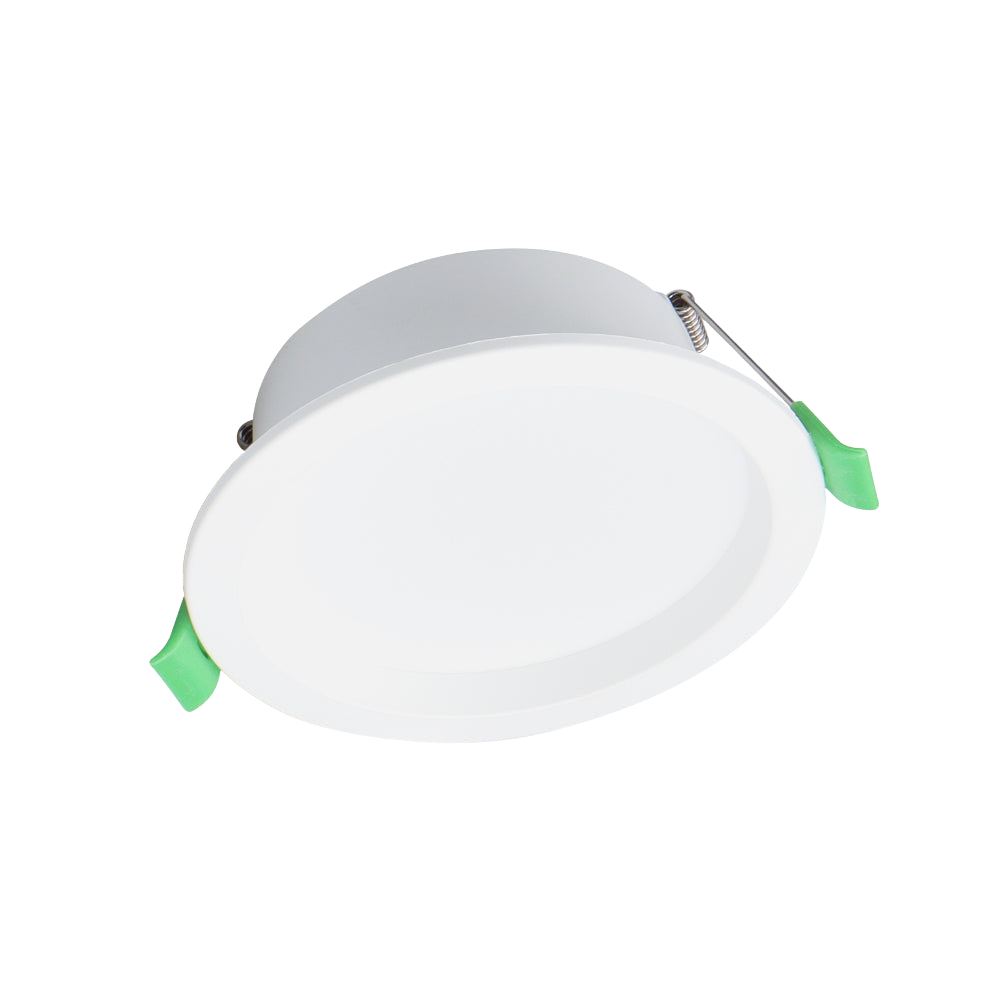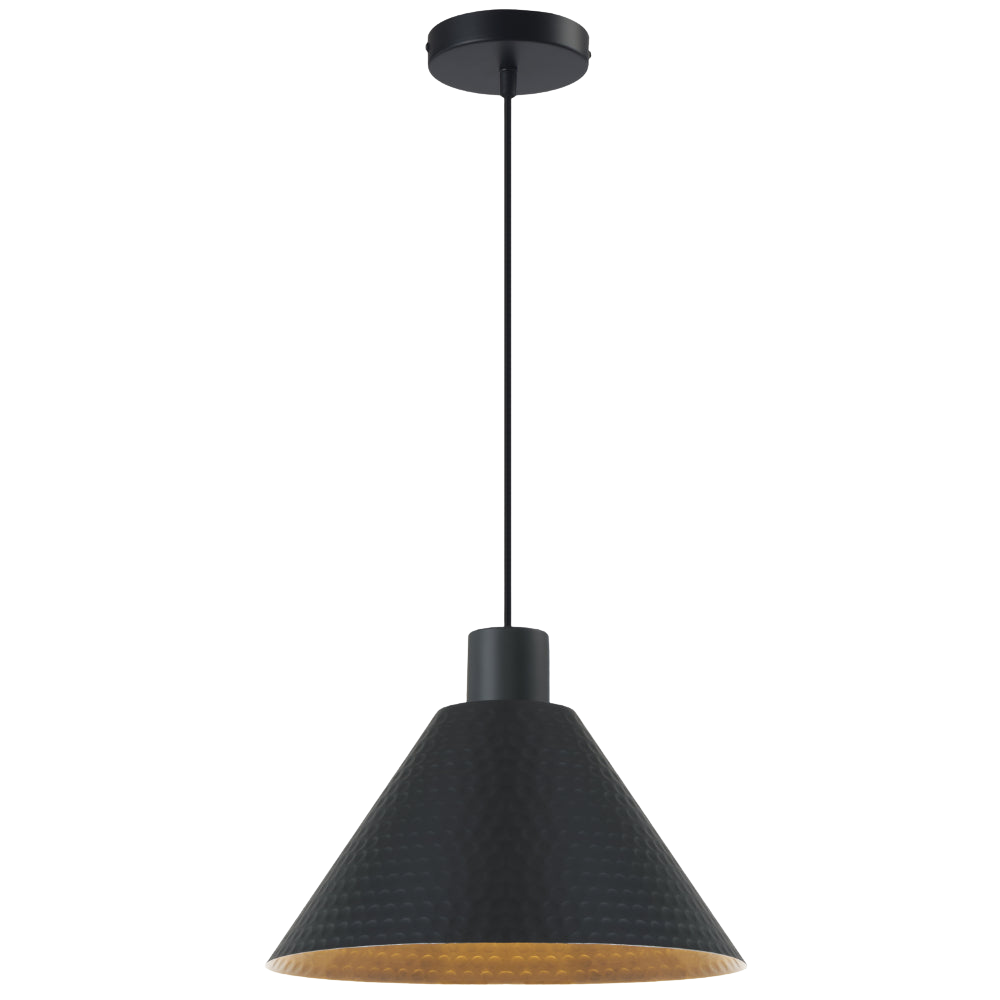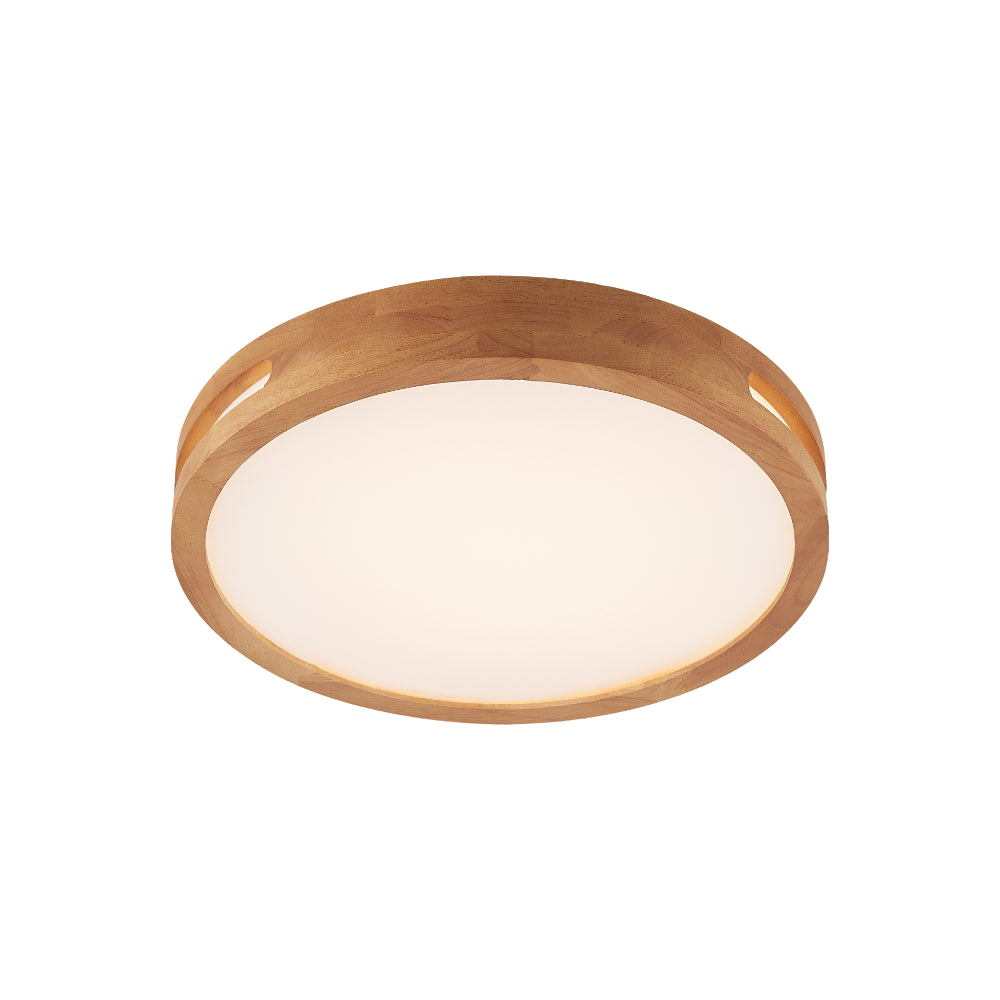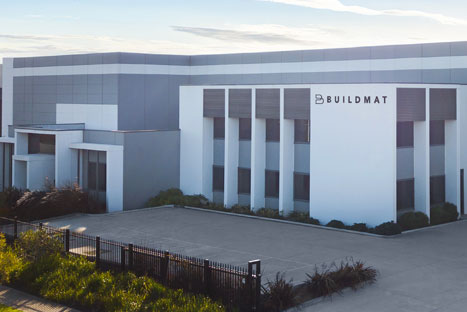Synthetic Grass Maintenance and Installation: A Complete Guide
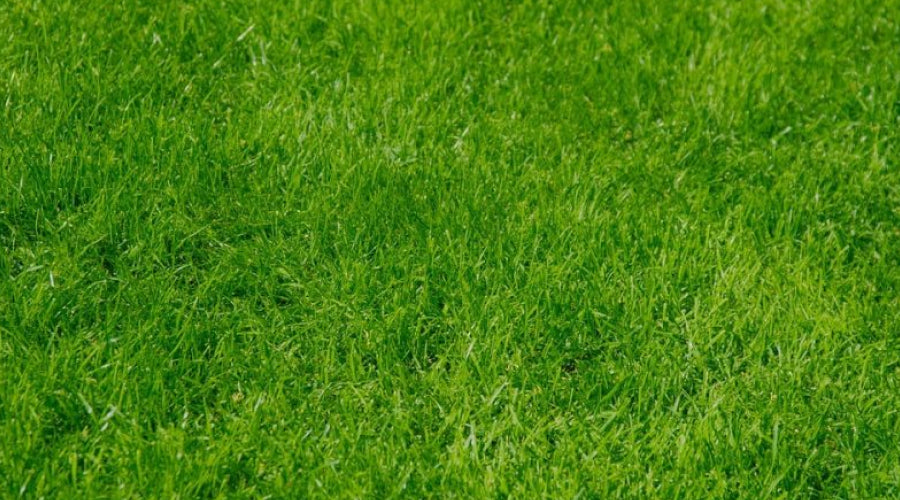
Synthetic grass gardens and artificial turf landscaping has been on the rise lately. Despite being seen as a novelty not so long ago, artificial grass or "fake" grass has been the go-to landscaping option among home-owners due to its versatility and easier maintenance as compared to natural grass.
In this article, we're going to cover several key topics related to synthetic grass landscaping, such as:
- The history and origin of synthetic grass
- The different types of artificial turfs
- The pros and cons of using synthetic grass
- The average cost to install artificial grass (cost per square foot)
- A guide on synthetic lawn installation
- A guide on artificial grass and turf maintenance to keep your lawn in great shape
- Conclusion
The History of Synthetic Grass - A Brief Overview
In 1960, David Chaney, a significant member of the NC State College of Textiles led a team of Research Triangle Park researchers in pioneering artificial grass.
5 years later after the initial, yet minimal, exposure of artificial grass to the public, Donald L. Elbert, James M. Faria and Robert T. Wright co-invented AstroTurf, which has now become the generic trademark name for synthetic turfs.
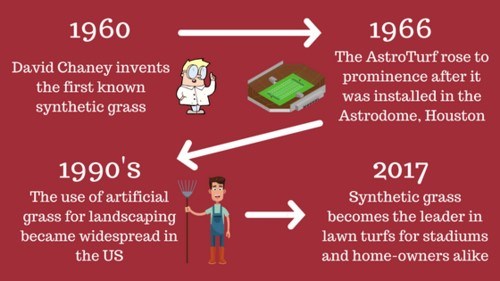
As of 2017, over 30 million square meters of synthetic grass is installed every year for commercial and personal usage.
Needless to say, the quality and practicality of artificial grass is on par with natural grass, perhaps even overtaking it in the foreseeable future.
The different types of artificial turfs - What and when to use synthetic surfaces
Nylon-Based Synthetic Grass
- Extremely resilient and strong
- Able to withstand high temperatures without melting
- Will maintain original shape regardless of volume of usage even after a long period of time
- Usually used for putting or as a secondary layer to more expensive types of turf
- More expensive compared to other forms of artificial turfs
Polyethylene-Based (PE) Synthetic Grass
- Very life-like and extremely similar to natural grass due to its vibrant green colors
- Softer in texture and less course compared to other synthetic turfs
- Used in combination with nylon-based synthetic turfs to form an extremely durable surface
- Ideal for athletics, e.g baseball, soccer, football, golf
- Requires little to no maintenance
Polypropylene-Based Synthetic Grass
- The cheapest type of artificial turf
- Lighter compared to other forms of synthetic turfs
- The least durable and resilient as compared to other types of synthetic lawns
- Is very fine in texture which makes it ideal for indoor use, e.g carpets, decorative materials, golf putting surface
- Is vulnerable to damage and wears out when exposed to high heat or over-use
As you may have noticed, the best artificial surface are the ones that are a mixture of the varying synthetic lawns (e.g PE grass + nylon grass) which results in more durable and comfortable surface.
The Pros and Cons of Synthetic Grass
Before we move on, let's settle a very crucial topic that has been the debate of home-owners and athletes everywhere.
Is Synthetic Grass Safe?
Yes.
Synthetic grass is extremely safe and poses no health or environmental concerns to the public.
In 2009, the NY State Department of Health concluded that artificial surfaces do not pose any significant health concerns,
In 2010, the California Office of Environmental Assessment completed a multi-year with a conclusion that was in line with the NYSDH's assessment, synthetic turfs are perfectly safe and there's nothing to be worried about.
The advantages of artificial surfaces below will help you in making up your thoughts.
The Benefits and Advantages of Synthetic Turfs

- Saves a lot of money and water. Unlike natural grass, synthetic grass does not need water to keep it crispy clean and green. Home owners can save up to 55-60 gallons of water per square foot yearly, which amounts to 300-400 AUD (200-300 USD) saved per year in water bills.
- Lasts a very long time. Most home owners often have this question in mind, "How long does artificial turf last?". Fortunately, synthetic turfs last from 25-30 years with an upwards of 40 years if proper maintenance is done.
- Saves time due to lower maintenance and upkeep. Synthetic lawns are kept clean by minimal raking or rinsing with a small amount of water. Once again, unlike natural grasses, weeding and other time-consuming activities are not needed to have a well-maintained lawn. It is also not necessary to clean the turf every week; once every few months is more than enough to maintain a tidy surface.
-
Is environmental-friendly and reduces pollution due to zero pesticide and lawnmower usage. Artificial grass is not natural. This means that pests and insects that are present in real grass turfs will not be able to live and reproduce in synthetic turfs. Grass weeds are also non-existent in artificial turfs. This in return eliminates the need for pesticides and weed killers which causes pollution. Lawnmower fuel and fumes also contribute greatly to global carbon (CO2) emission, with over 17 million gallons of fuel consumed annually.
With synthetic turfs, you don't any need of these which plays a part in protecting our precious Earth.
-
Looks great all the time. Real grasses are hard to maintain which leads to wilting and discolorations - not very pleasant to look at especially if you are a home owner. However, synthetic turfs do not turn yellow or die. This means that your lawn will look fabulous all the time. Advances in the technology of artificial turfs have also brought quality levels to an all-time high.
Don't be surprised to find out that the grass of your local stadium that smells and feels just like the real thing is actually "fake" grass.
- Water permeable. Fake grass is similar to real grass in terms of water permeability. This means that you do not have to worry about water puddles or spots due to rain or other factors. Fake turfs also dry quicker as compared to its natural counterpart.
The disadvantages of artificial surfaces
- Initial installation of synthetic grass is costly. The average cost of artificial turf per square foot is between 20-40AUD (15-30USD)depending on the quality and type of surface used. This means that a homeowner will have to spare a few thousand dollars to have a fully-designed fake grass patio or garden. However, the long lifespan of synthetic turfs (25-30 years) makes this a worthy investment. Factor in the money saved due to reduced water usage and you will find out that fake lawns actually save you money.
- Gets hot easily in high-temperature areas. Artificial turfs get hot very easily when exposed to high heat. However, artificial grass cools down as quickly as it heats up. Modern surfaces are also equipped with advanced cooling technologies which make lava-like temperatures of older synthetic turfs a thing of the past.
- The anti-shock layer and infill must be replaced every few years. The anti-shock layer is a layer beneath the artificial turf that makes it gentle and as "bouncy" as natural grass. It keeps the texture of the grass natural which is great especially if you have kids and pets. The infill is a material that helps to keep the surface more firm and stable. In addition to that, it also helps the grass to maintain its appearance as well as improving its permeability.
Hence, the advantages of synthetic turfs outweigh its disadvantages heavily. With rapid technological advances, artificial surfaces that are "perfect" in a sense is not a pipe dream.
How Much Does It Cost to Install Artificial Grass?
The average cost for synthetic grass per square foot in Australia is around$20-$40 AUD (15-30 US dollars).
Lisa Kaplan of HouseLogic.com breaks down the costs of real grass vs. synthetic grass in her blog post here, with ProGreen.com doing something similar for their site.
For a hypothetical 300 sq-feet garden, installation of synthetic grass would amount to roughly$8500 AUD inclusive of installation and Labour fees.
That is a steep number for most homeowners which is totally understandable, however, the infographic below crunches the numbers for fake grass installation vs. natural grass installation.
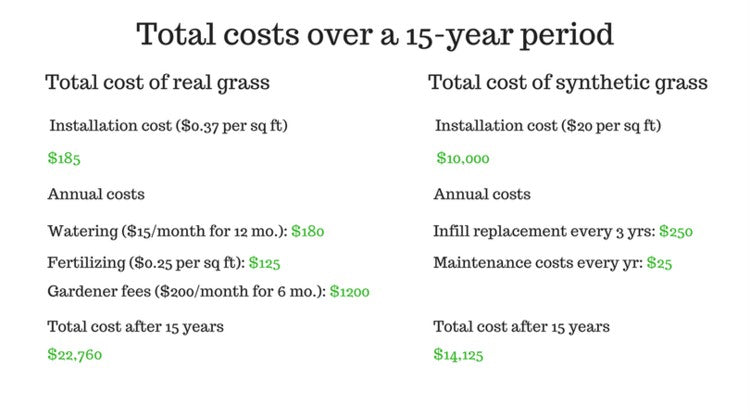
Over a 15 year period, owning a synthetic turf would save you $8,635 or $575 every year. You also have to keep in mind that synthetic grass surfaces last up to 25-30 years.
So, you are definitely saving a lot of money by switching over to synthetic grass.
Synthetic Lawn Installation - How to Do It Properly
Installing artificial turfs is not an extremely tough task, however extra care needs to be taken to ensure that your lawn looks great.
Listed below are the steps to take. Make sure that each step is done carefully before you move on.
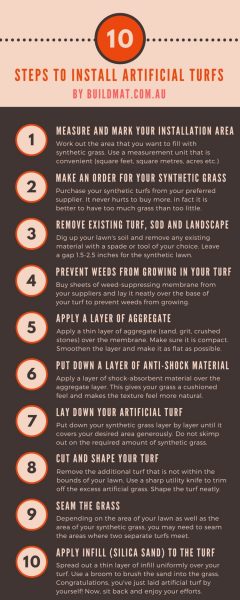
For more info on how to lay your own turf, check out this excellent step-by-step guide over at DIY Network.
Synthetic turf maintenance and upkeep - How to keep your artificial surfaces clean and tidy
Artificial turfs require way less care and maintenance as compared to natural grasses. However, that does not mean it needs zero upkeep.
To keep your turf as natural-looking and clean as possible, you need to maintain it properly.
Why Do You Need to Maintain Your Synthetic Lawns Properly?
- It will make your lawns last longer - 30 years is not a foreign amount
- It keeps your synthetic surface green and natural-looking
- It keeps your lawn clean from debris and dirt due to external factors such as the weather, pets, picnics and BBQ's etc.
Here are few things that you can do to maintain your lawn
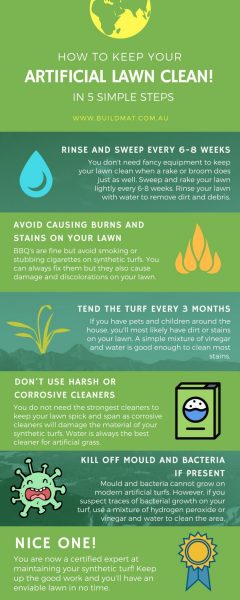
Thank you for staying until the end of this article. We hope that you've learned a thing or two from this article.
For more information on synthetic grass, head over to the resources below to have a quick read through:























































































































































































































































